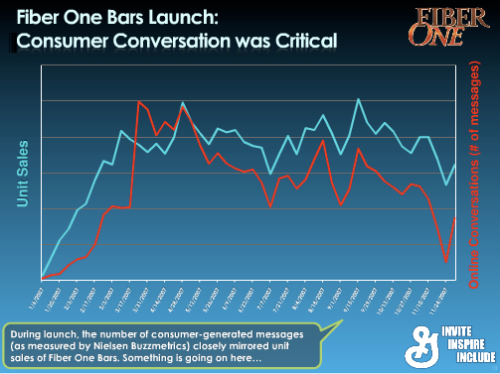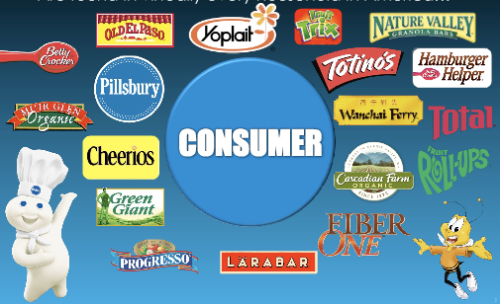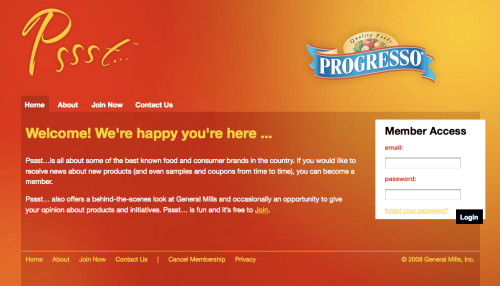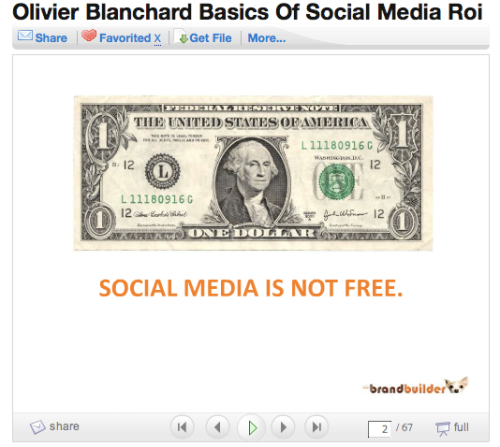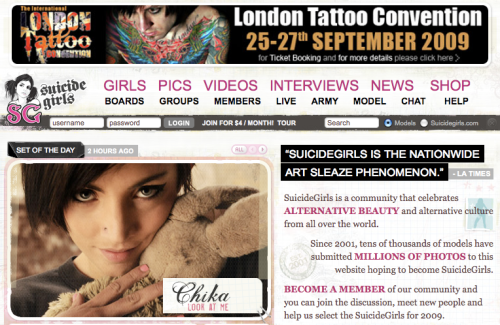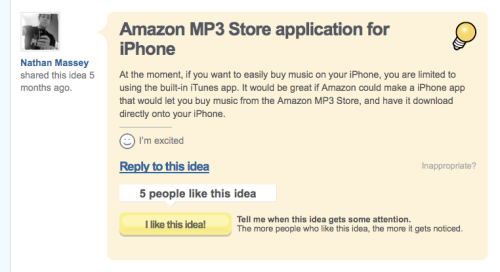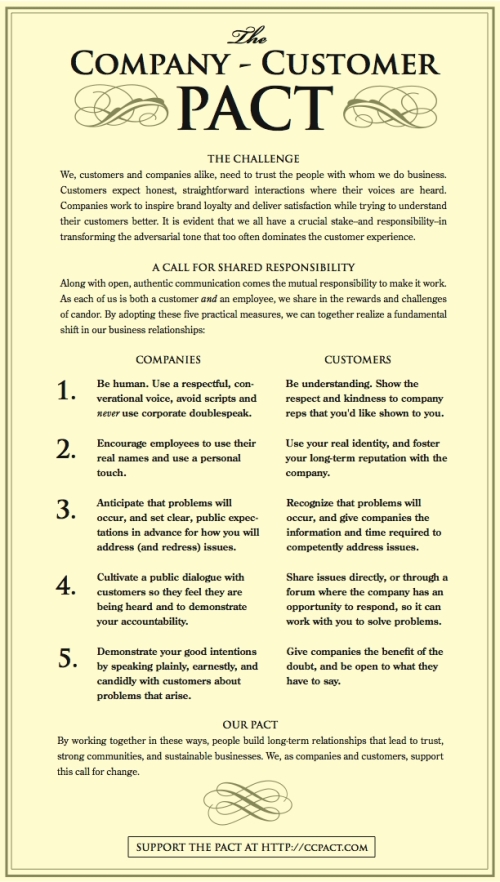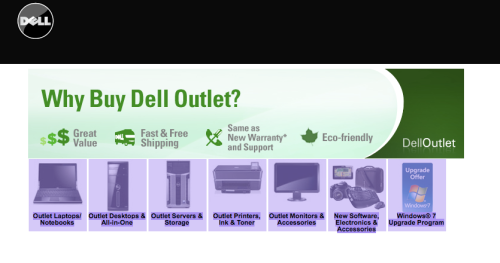I’m a little late to this one but I’d like to share some thoughts all the same.
Last March, Eric Clemons, who is a professor at the Wharton School, one of America’s top business schools, wrote a post on TechCrunch entitled “Why Advertising Is Failing On The Internet.” It caused quite a stir. Professor Clemons’s key thesis is that online advertising will ultimately fail. There will be less of it in future because in today’s interconnected world, people don’t want, need or trust ads.
While the piece’s title refers to online advertising, Professor Clemons goes further:
“… simple commercial messages, pushed through whatever medium, in order to reach a potential customer who is in the middle of doing something else, will fail. It’s not that we no longer need information to initiate or to complete a transaction; rather, we will no longer need advertising to obtain that information. We will see the information we want, when we want it, from sources that we trust more than paid advertising. We will find out what we need to know, when we want to make a commercial transaction of any kind.”
Earlier in the post he asserts that “the ultimate failure of broadcast media advertising is likewise becoming clear.” So he is not talking about the eventual demise of online advertising only, but of advertising in general.
There is much in Professor Clemons’s post with which I agree, as well as some excellent perspectives that really got me to stretch my mind. Especially thought provoking is his description of paid search as “misdirection,” because it sends consumers to pages that are not necessarily the most valuable to them, but rather to the sites of companies that cough up the most money. (For this reason he believes Google’s business model is probably unsustainable.) Anyone who knows this blog also knows that I not only recognize, but am inspired by the changes web 2.0 and social media are bringing to fundamentals of marketing, communications and brand-consumer relationships.
Still, I am not convinced by the good professor’s thesis that advertising’s role in the marketing mix — online or otherwise — is necessarily doomed to oblivion. The reason is that Mr. Clemons has a very info-centric view of advertising, as you can see by the previous quote and in the definition of advertising below that he offers in his post (passages in bold are mine):
“Advertising is using sponsored commercial messages to build a brand and paying to locate these messages where they will be observed by potential customers performing other activities; these messages describe a product or service, its price or fundamental attributes, where it can be found, its explicit advantages, or the implicit benefits from its use.”

The rumors of my death have been greatly exaggerated
If you believe that the only role of advertising is to provide information about a product or brand, or for that matter, that a person’s rational evaluation of a particular brand’s attributes and benefits is the only basis for the choice of that brand over another, than his thesis makes perfect sense. But of course we all know that human beings are not especially rationale creatures, especially in their brand choices, and that advertising in many categories plays a role beyond simply conveying product benefits. It may be out of style to say it, but the truth is that even in an online world where we have easy access to all sorts of information about brands, people are still influenced by other factors in their brand choices than a simple assessment of the benefits received relative to the price paid.
We all know that brands have dimensions beyond the attributes and benefits they offer. Brands can represent an idea, connect us with a feeling, signify a particular attitude toward life, or express a value with which we personally identify. Advertising plays a role in shaping those dimensions in our minds, and when the product attributes and quality of two brands are more or less equal, it can be primarily those emotional qualities that determine whether someone chooses one brand over another.
I doubt this will ever change. It’s in the nature of who we are as human beings. I remember reading somewhere that it is in our psyche to ascribe human characteristics to inanimate objects. That’s what’s at the heart of our propensity to ascribe emotional and image dimensions to brands. It’s through those associations that brands are one of the ways we define who we are to ourselves and to others. And that’ something else I see no sign of changing.
This doesn’t deny that a brand’s image today is driven much more than in the past by the thoughts, opinions and impressions that people can now share with thousands of others on line. But even though online conversations play a bigger role than ever in shaping the collective perception of rational and emotional brand dimensions, this doesn’t mean that brand communications, created by marketers, no longer have any influence at all. Brand perception is shaped by a myriad of sources — online conversations, ratings and reviews, personal experience, comments from others when we use the brand, our perception of others who use it, and — yes — brand communications. Just because that last factor plays a smaller role than it did when we lived in a marketing world dominated by one-way messaging from marketer to consumer, it doesn’t mean it plays no role at all today or will play no role in future.
But even if you come from the information angle, I think there is still a role for advertising. Just because I’m not actively looking for information about a particular product or category, doesn’t mean I wouldn’t want information to find its way to me. I’m a Mac fan. I’m happy to get “uninvited” messages about a new Mac product or an upgrade to my current one. Or even to hear about a new flavor of my favorite tooth paste brand. (I’m a flavored tooth paste junkie.)
One of Mr. Clemons’s arguments is that advertising will fail because people don’t feel it is a trustworthy source of information. But in future, it’s quite possible that advertising will gain in credibility because marketers will be forced to provide a higher level of truthfulness and integrity in their messages and claims, precisely because in a web 2.o world, any inaccuracies or attempts at deception will be quickly exposed and shared mercilessly.
There seem to be a whole bunch of people making extremely black-and-white statements about the future of marketing and communications these days, about whether advertising as we know it (or knew it) will fail or succeed, evolve or be doomed to oblivion. No one really knows, but certainly a lot of people seem to act like they do. Rather than channeling all this energy into debate on these questions, which is a bit of a tempest in teapot, we should focus more on exploring and sharing what’s working, what’s not working, and how old and new media potentially work together. And then see what happens.
Does that mean that this is the last time I’ll ever raise my voice in the debate?
Probably not.

